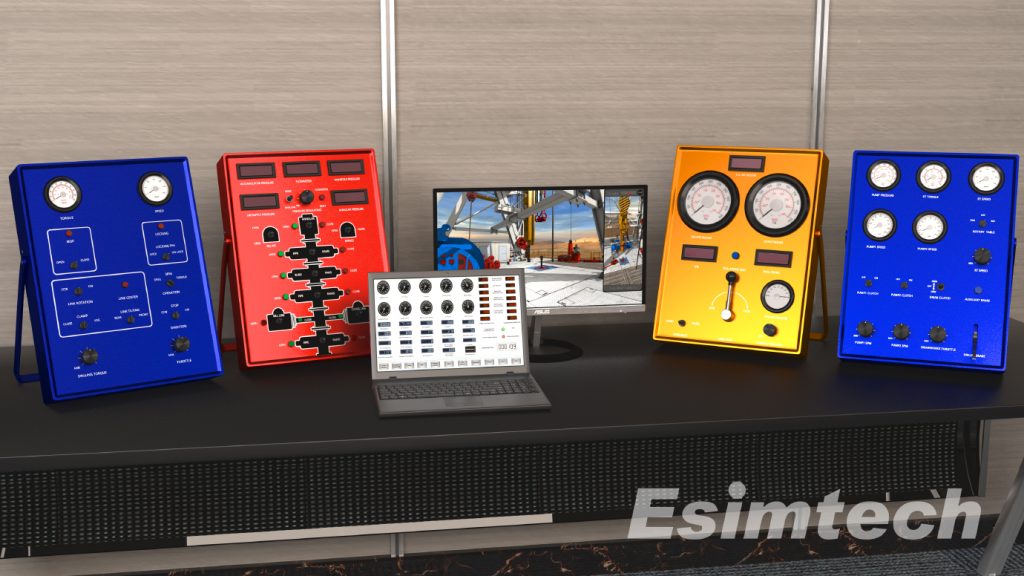Exploring the Various Technologies Used to Enhance Drilling Safety
Technology is playing an increasingly pivotal role in improving drilling safety. Innovations are being developed to identify and mitigate hazards, enhance training and communication, and boost emergency response. This article delves into the various ways technology is being utilized to enhance drilling safety.
Key Technologies Improving Drilling Safety
Wellbore Control
Wellbore control involves preventing the uncontrolled flow of oil and gas from a wellbore, which can be dangerous and environmentally damaging.
Automated Well Control Systems
Automated well control systems monitor wellbore conditions and take corrective action if problems arise. For instance, an automated system can close the blowout preventer (BOP) if it detects a sudden increase in well pressure.
Real-time Monitoring Systems
Real-time monitoring systems collect data from various sensors on the drilling rig and transmit it to a central control center. This data helps monitor wellbore conditions and identify potential problems early.
H2S Safety
Hydrogen sulfide (H2S) is a toxic gas present in some oil and gas wells, posing serious health risks.
Real-time H2S Monitoring Systems
These systems continuously monitor the air for H2S. If detected, they alert workers and activate ventilation systems to remove the gas.
Personal Protective Equipment (PPE)
PPE for H2S exposure includes respirators, gas detectors, and escape hoods, providing critical protection for workers.
Blowout Prevention
A blowout is an uncontrolled release of oil and gas from a wellbore, which can be hazardous and cause environmental damage.
Blowout Preventers (BOPs)
BOPs are valve systems used to close off the wellbore in the event of a blowout, preventing uncontrolled releases.

Real-time Monitoring Systems
These systems help monitor wellbore conditions, allowing drillers to take preventive actions before a blowout occurs.
Fire and Explosion Prevention
Drilling operations involve flammable materials, creating risks of fires and explosions.
Fire Detection and Suppression Systems
These systems detect fires early and extinguish them before significant damage occurs.
Real-time Monitoring Systems
They monitor drilling operations for hazards like gas leaks and electrical issues, enabling corrective actions before fires or explosions happen.
Emergency Exercise Simulation Technology
Emergency exercise simulators are crucial tools for improving drilling safety. They create realistic simulations of drilling accidents, such as well control emergencies, H2S exposure, blowouts, and fires, allowing drillers to practice responses in a safe environment.

Well Control Emergencies
Simulators train drillers to operate well control equipment and respond to emergencies, ensuring they are prepared for real incidents.

H2S Exposure
Simulators train drillers on using PPE and responding to H2S exposure, reducing the risk of poisoning.
Blowouts
Training on simulators helps reduce the risk of injuries and fatalities by preparing drillers for blowout scenarios.
Fires and Explosions
Simulators provide training on responding to fires and explosions, helping reduce the risk of injuries, fatalities, and property damage.
Conclusion
The role of technology in improving drilling safety within the oil and gas industry is transformative. From automated well control systems to real-time monitoring and innovative H2S safety measures, these advancements enhance operational efficiency and significantly contribute to worker well-being and environmental protection. As the industry continues to embrace and evolve with these technologies, the commitment to ongoing innovation, training, and simulation techniques will ensure a safer and more sustainable future for drilling operations.
- Art
- Causes
- Crafts
- Dance
- Drinks
- Film
- Fitness
- Food
- Jeux
- Gardening
- Health
- Domicile
- Literature
- Music
- Networking
- Autre
- Party
- Religion
- Shopping
- Sports
- Theater
- Wellness


